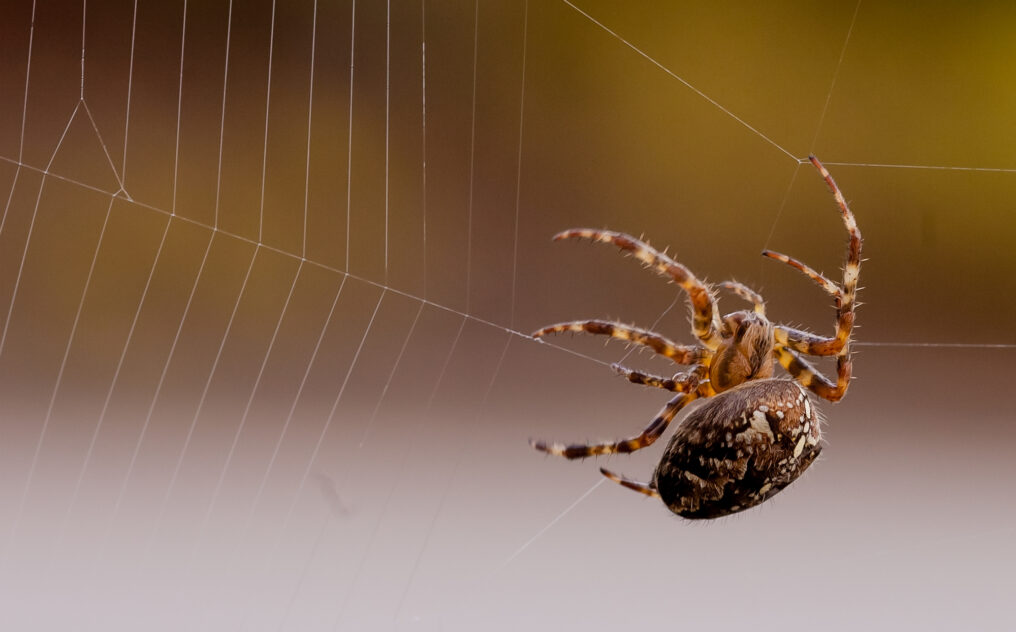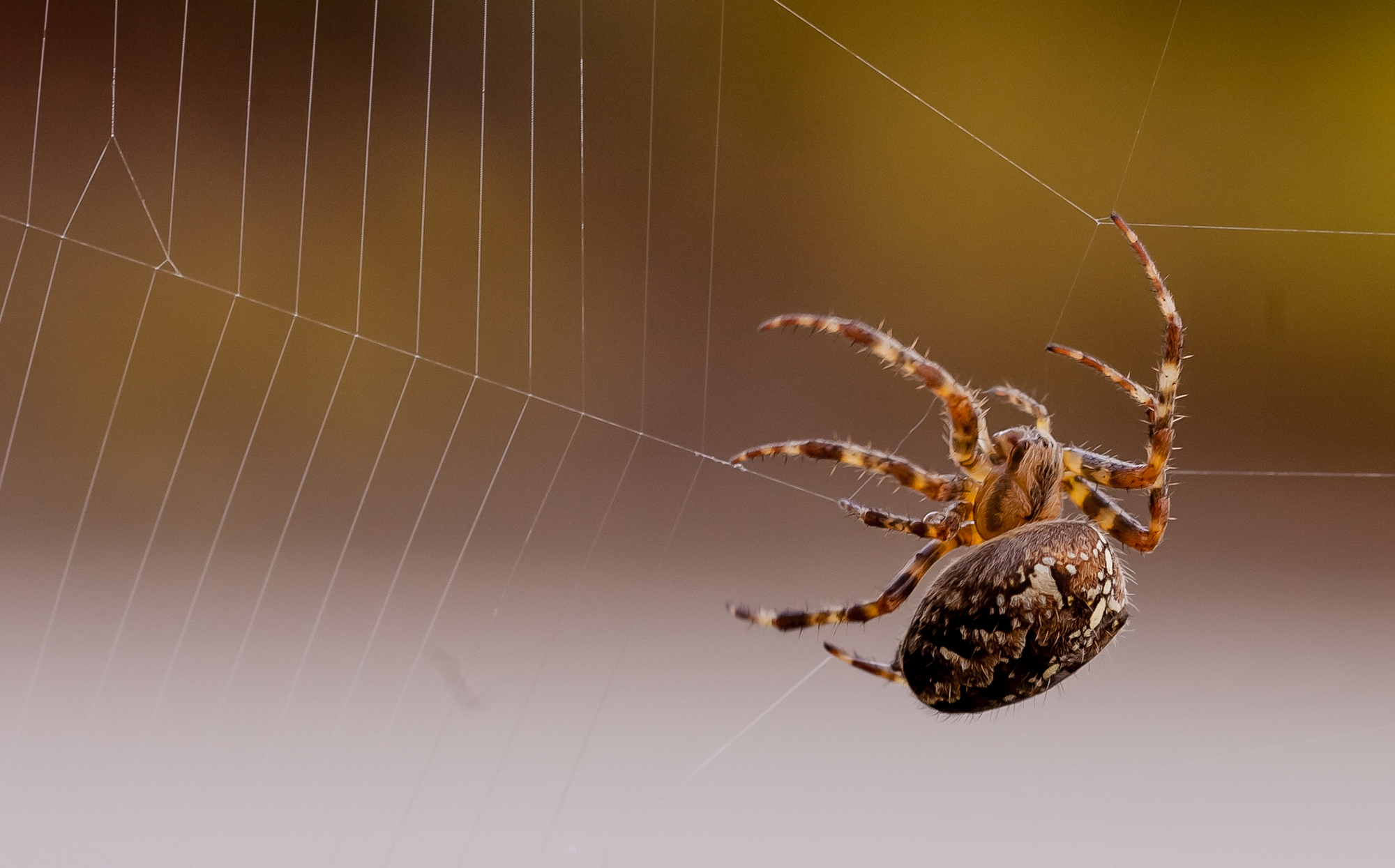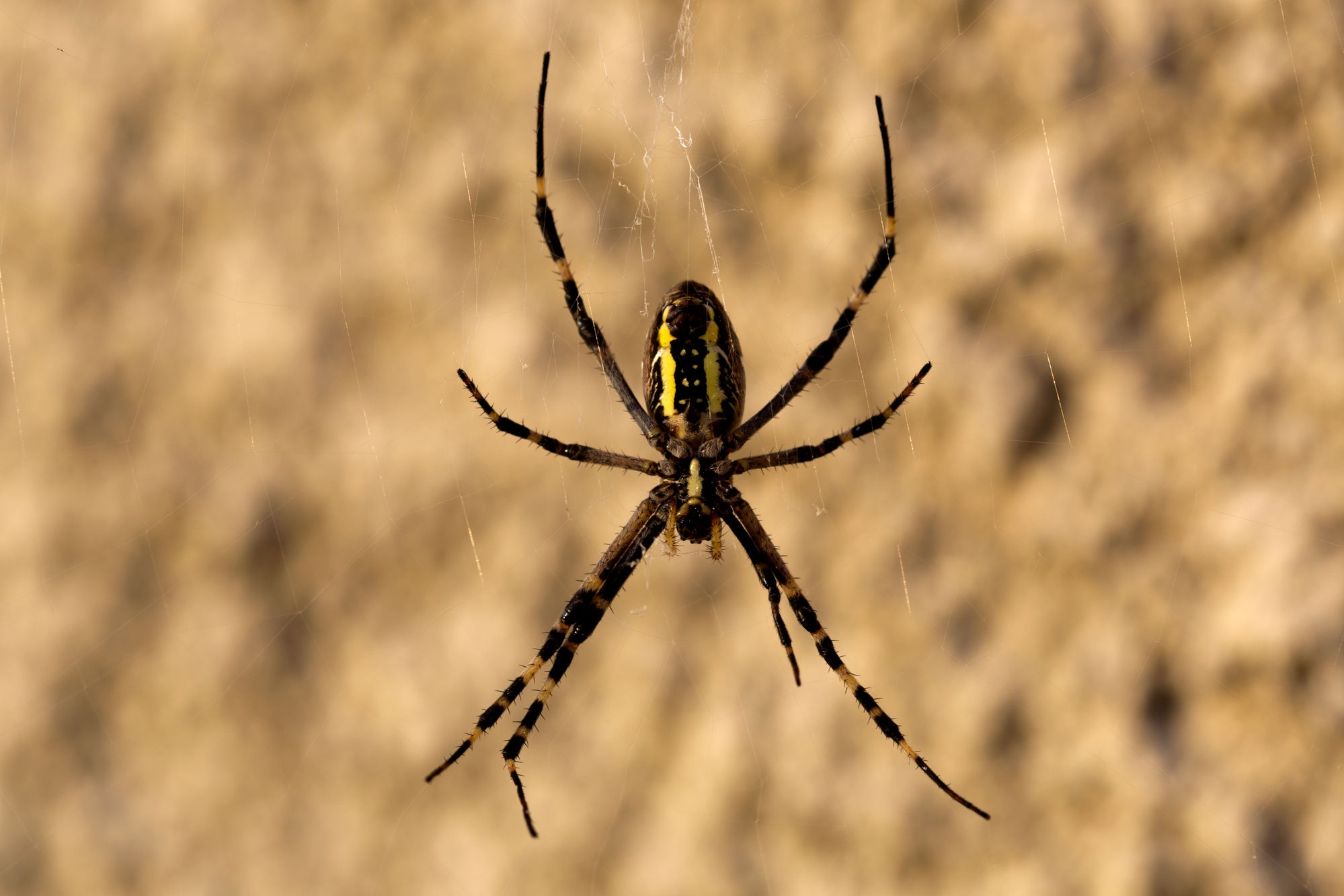Have you ever wondered why your home suddenly seems to be invaded by spiders each year? Welcome to spider season in the UK, a time when our eight-legged friends become more noticeable, often to the dismay of many.
Typically, you’ll see an uptick in spider activity in your home between September and October, as autumn rolls in. But the question is, why does this happen and how can you prepare yourself for this annual event? There’s more to understanding this phenomenon than meets the eye, and the answers might just surprise you. Stay with us as we unravel this intriguing part of nature’s cycle.
Key Takeaways

- Spider season in the UK typically occurs between September and October.
- Understanding the factors influencing spider activity, such as migration patterns and climate, can help anticipate when to expect more spider activity.
- There are only about 12 spider species in the UK that can harm humans out of the 650 species present.
- Preparing your home for spider season can involve using natural repellents, DIY spider traps, eliminating clutter, and regular vacuuming.
Understanding the UK Spider Season
To fully grasp the UK spider season, you need to understand that it typically kicks off in early September when male spiders start their hunt for a mate. This period, filled with heightened arachnid activity, can be unnerving for many, especially considering the prevalence of arachnophobia.
But why does this fear exist? It’s wrapped up in spider mythology. Spiders, with their intricate webs and venomous bites, have been portrayed as sinister creatures throughout history. This cultural narrative contributes to the widespread fear.
Yet, in the grand scheme of things, UK spiders are relatively harmless. Out of the 650 species, only about 12 can harm humans. The rest are benign, playing crucial roles in our ecosystem by controlling insect populations.
So, when the spider season rolls around, remember: they’re more afraid of you than you’re of them. This knowledge doesn’t just help combat fear, it also fosters a sense of belonging. We’re all part of the same ecosystem, after all.
Understanding and embracing this reality can turn the spider season from a period of dread to one of appreciation. You’re not just surviving the season, you’re engaging with the marvellous complexities of nature.
Factors Influencing Spider Activity
Understanding what influences spider activity during their mating season can help you prepare and possibly even appreciate this natural phenomenon. Spider migration patterns and climate’s impact are two key factors.
Spider migration patterns largely depend on the species. Some spiders, like the common house spider, remain relatively stationary, while others, like the orb-weaving spider, migrate in response to food availability and environmental conditions. Hence, you might notice a sudden influx of spiders during specific times of the year when these factors align.
Climate’s impact on spider activity is significant. Spiders, like many creatures, are sensitive to temperature and humidity. In the UK, the warmer, damp conditions of late summer and early autumn provide an ideal environment for spiders to mate and lay eggs. This is why you’ll often see more spiders during this period.
As you can see, these factors significantly influence when and where spiders appear. By understanding these influences, you can anticipate when to expect more spider activity. This knowledge empowers you to prepare effectively, reducing any unease you may feel towards these eight-legged creatures and fostering a sense of belonging in the natural world.
Common UK Spider Species
In the myriad of species found in the UK, there are a handful of spiders that you’re likely to encounter more frequently than others, each with its distinct characteristics and behaviours. A spider identification guide can help you differentiate between these common species, providing you with a sense of belonging in your environment by unveiling the secrets of the spider world.
The House Spider, for instance, is recognisable by its brown colour and large size, while the Zebra Jumping Spider is smaller and identifiable by its distinctive black and white stripes. The Garden Spider, often spotted in, well, gardens, carries an orb-shaped abdomen with beautiful geometric patterns.
Their diets, a crucial part of any UK spider’s life, generally consist of insects, though some larger species might also consume small vertebrates. The House Spider, for example, feeds primarily on insects trapped in its web, while the Zebra Jumping Spider relies on its excellent vision to hunt down its prey.
Understanding these common UK spider species and their diets not only enhances your familiarity with your surroundings but also prepares you for the upcoming spider season. So, let’s embrace our eight-legged friends and their intricate webs of life.
Preparing Your Home for Spider Season
Now that you’re acquainted with the common UK spider species, it’s essential to prepare your home for their anticipated arrival during spider season. You can make your home less inviting to spiders by using natural repellents and DIY spider traps.
Natural repellent usage is an effective, eco-friendly way to ward off spiders. Essential oils like peppermint, tea tree, and eucalyptus are known to deter these eight-legged creatures. Dilute a few drops of these oils in water and spray around your home, particularly in corners and crevices where spiders like to hide.
DIY spider traps, on the other hand, can help capture any stubborn invaders. One popular method involves a simple sticky trap. Take a piece of cardboard, cover it with a sticky substance, like double-sided tape, and place it in areas where you’ve spotted spider activity. The spiders will get stuck when they walk across the trap, making them easy to remove.
Effective Spider Deterrent Methods
While you’ve already used natural repellents and DIY traps, there are several other effective methods you can employ to deter spiders from making your home their haven. One such method involves leveraging spider predators. Yes, you heard it right! Certain insects, like ladybugs, and birds, like swallows, prey on spiders. Encouraging these creatures around your surroundings can naturally keep the spider population in check.
Moreover, spiders aren’t fans of certain scents. Strong scented herbs like lavender, mint, or lemongrass can act as excellent natural repellents. Planting these around your house or using their essential oils can indeed keep these eight-legged creatures at bay.
Citrus fruits are another spider deterrent. Spiders detest the smell of citrus fruits like lemons and oranges. So, consider rubbing citrus peels along your windowsills, bookshelves, or any other area prone to spiders.
Lastly, maintaining cleanliness is key. Spiders thrive in clutter, so a well-kept home is less appealing to them. Regular vacuuming, especially in hidden corners, can remove any lurking spiders and their webs.
Conclusion
So, you’re now clued up on the UK spider season, what influences their activity, and the common species you might encounter.
It’s essential to prepare your home appropriately and utilise effective deterrent methods. Remember, awareness and prevention are key.
Don’t let the eight-legged invaders take you by surprise. Stay informed, stay prepared and you’ll find navigating spider season in the UK a much less daunting task.
You may also enjoy reading this article
Was This Article Helpful?
- Please provide feedback and comments to help us improve our content.
- Share your experiences and any additional tips you have for dealing with pests.
Share this Post


